President Xi Jinping once stressed that "attaching importance to history, studying history and drawing lessons from history can bring mankind a lot of wisdom to understand yesterday, grasp today and create tomorrow". To deeply study and understand the long history of the Chinese nation and its brilliant civilization, strengthen the general education, carry forward the excellent traditional culture, and enhance the cultural confidence, these concepts of talent cultivation are always advocated by Qiuzhe College.
From August 10th to 15th, under the leadership of the director, Prof. Shing-Tung Yau, 25 teachers and students of Qiuzhen College went to Shenzhen, Guangzhou and Shantou cities of Guangdong Province to carry out the activity "Chinese History Practice Study Tour". They visited Dapeng City, Nanshan Wisdom Park, Shenzhen Reform and Opening-up Exhibition Hall, the relic of Whampoa Military Academy, Chen Ancestral Hall, Chaoshan Historical and Cultural Expo Center and Shantou Science and Technology Museum. In this tour, they comprehended the Chinese traditional culture, and felt the spirit of the Chinese nation.
The first station: Shenzhen
In Shenzhen, we visited Dapeng City, which was an important coastal defense military fortress in the Chinese southeast coast during the Ming and Qing dynasties and played an important role in the struggle against the Portugal military, the Japanese pirates and the British colonialists. Thus Shenzhen alias "Pengcheng"(the city of bid bird) is derived from this. Dr. Qu Wen introduced the history of Dapeng City in detail to the teachers and students, as well as the heroic deeds of many patriotic generals who fought against the foreign aggression and defended China’s national sovereignty, which made the students very shocked and respected.

Picture: Visit Dapeng City.
In Nanshan Wisdom Park, the Qiuzhen teachers and students visited the artificial intelligence exhibition hall, from the intelligent robots, intelligent health to intelligent home, from the first generation of products, the second generation of products to the latest products, we can see the rapid development of artificial intelligence and its technological iteration. In the interaction with the intelligent service robots, we also experience the convenience and fun brought by intelligence to human beings.
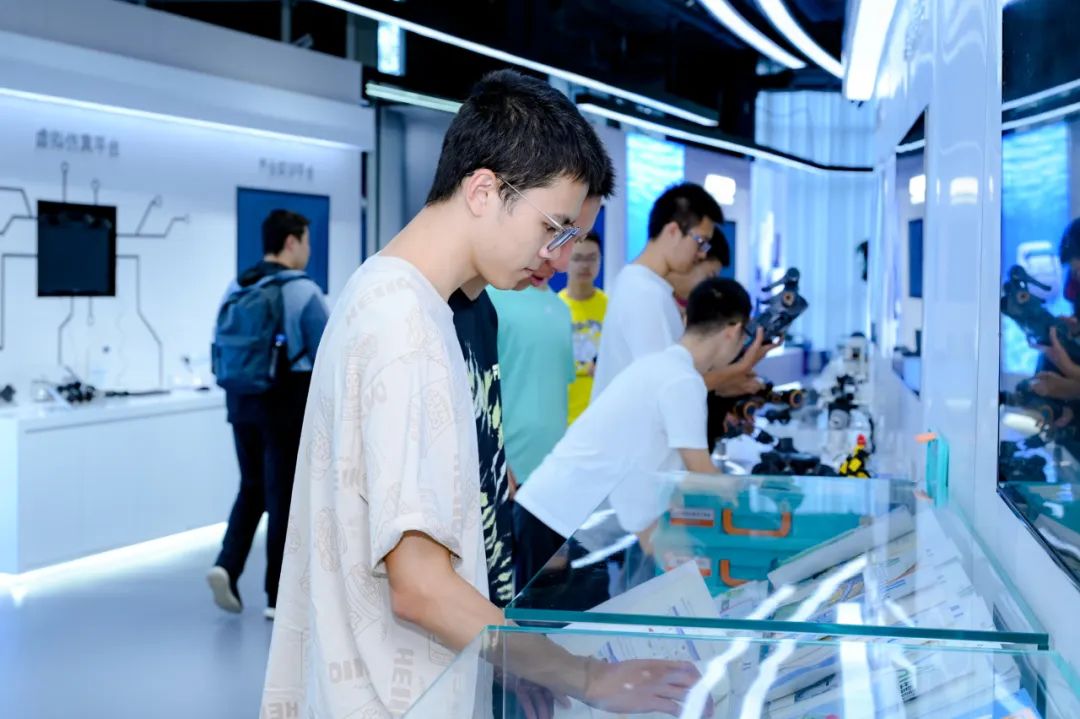
Pictrure: Visit Nanshan Wisdom Park.
Opening to foreign counties is a basic state strategy for China, it is a path for China to become a strong country, and a powerful driving force for developing socialism. And Guangdong
province is the vanguard of the reform and opening-up policy, and also a pioneering and experimental area for it. On December 12, the teachers and students of Qiuzhen College visited the Shenzhen Reform and Opening-up Exhibition Hall and visited the "Huge Waves Rising in the Pearl River- -The 40th Anniversary of Guangdong's Reform and Opening-up Exhibition", with a deep understanding of the magnificent course and brilliant achievements of Guangdong's reform and opening-up policy in the past 40 years under the strong leadership of the CPC Central Committee.
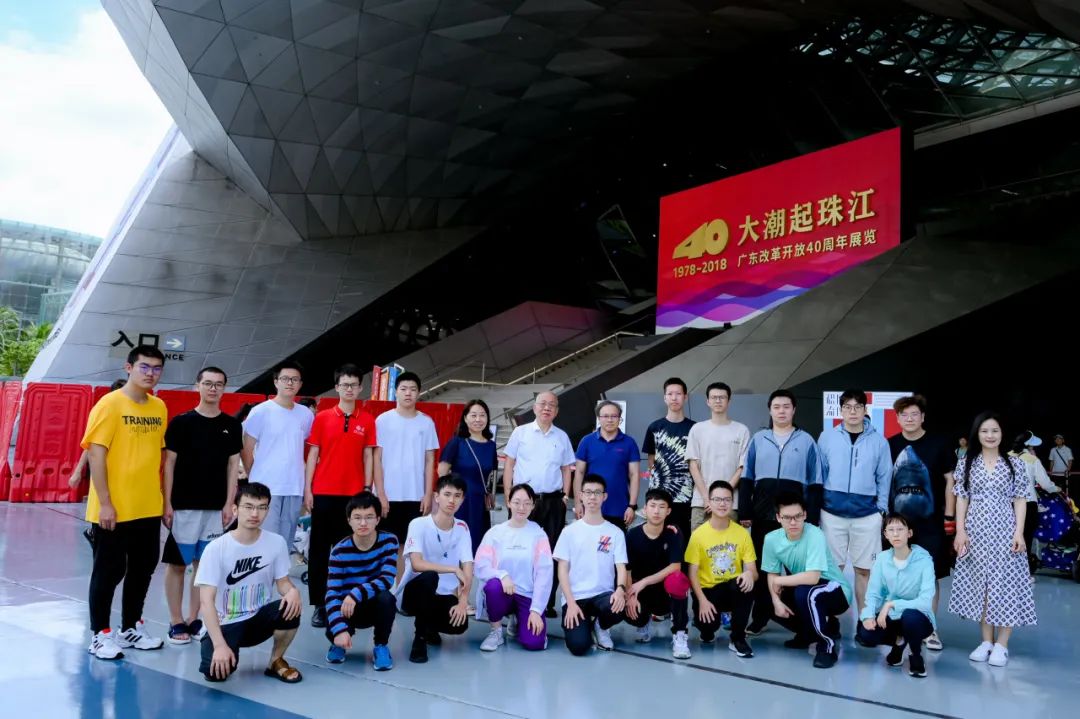
Picture: "Huge Waves Rising in the Pearl River- -The 40th Anniversary of Guangdong's Reform and Opening-up Exhibition".
The second station: Guangzhou
At the second stop, we came to Guangzhou, visited the Whampoa Military Academy and the Chen Ancestral Hall, and boarded the Guangzhou Tower which is the logo of Guangzhou as the building-known name of the "small waist".
“One Whampoa Military Academy is a half of Chinese modern history.” Whampoa Military Academy was founded in 1924, when the Chinese nation was suffering from being bullied by foreign powers, being domestic unrest and having difficult people's livelihood. Since its founding, Whampoa Military Academy has shouldered the mission of "creating a revolutionary army to save China from peril". "For promotion to office and wealth, please go to him, and do not be afraid to death." This is a pair of couplets hanging on the gate of the Whampoa Military Academy at that time.In the middle "only revolutionaries can come into" was showing, which was made by Dr. Sun Yat-sen. It shown the soul of the Whampoa Military Academy. The students were deeply touched by the patriotism of the revolutionary martyrs to save the country.
Qiuzhen College advocates such a "Whampoa Spirit". Prof. Shing-Tung Yau believes that, just as the Whampoa Military Academy trained many military talents such as Chen Geng and Xu Qianqian for China's early democratic revolution, Qiuzhen College is also committed to cultivate the talents of the Chinese scientific community who can lead and drive the development of the basic sciences such as mathematics and theoretical physics in China and even around the world.
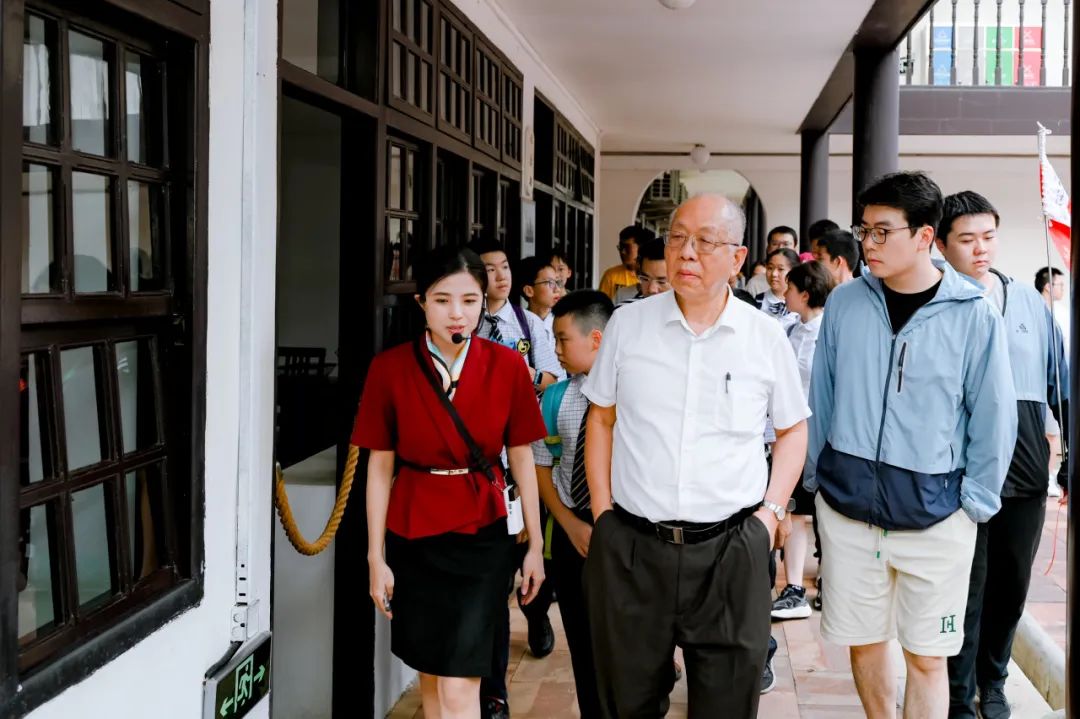
Picture: Visit the Whampoa Military Academy.
As one of the ten greatest scenic spots in Guangzhou, the Chen Ancestral Temple is the largest, best preserved and most beautifully decorated ancestral temple building in China. Many kinds of carving, gray sculpture, pottery, copper and iron casting and painting exquisite reflect the country's superb architectural level which are known as the pearl of Lingnan area’s architectural art. During the visit, all the students were all amazed by them.
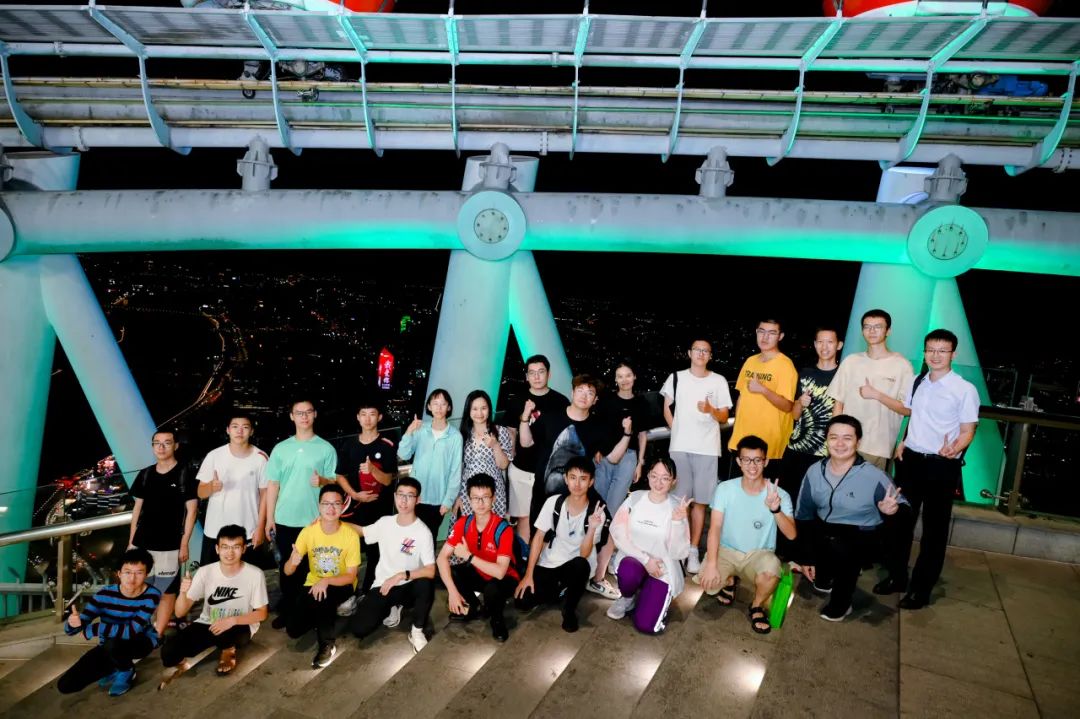

Picture: Visit Guangzhou tower.
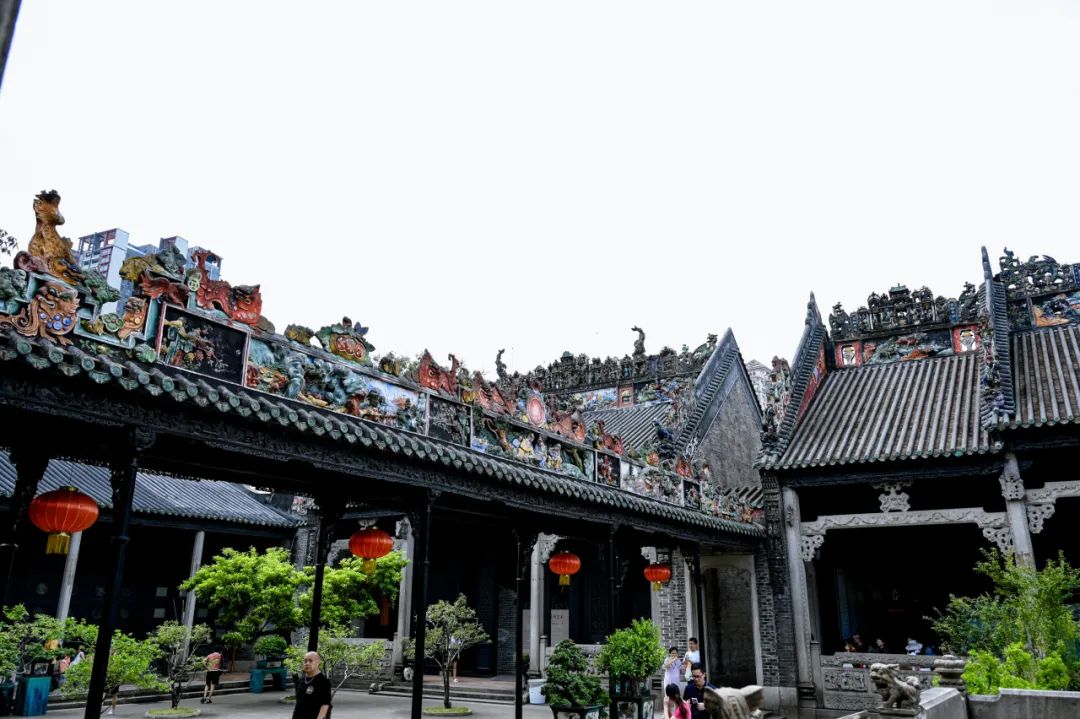
Picture: Visit Chen's Ancestral Hall.
The third station: Shantou
Shantou has a long cultural history. It is the birthplace and prosperity of Chaoshan culture, one of the earliest cities open to the coastal China, and also the place where Prof. Shing-Tung Yau was born. Following the footsteps of Prof. Shing-Tung Yau, the teachers and students came to Shantou city, respectively visited the Chaoshan History and Culture Expo Center, Shantou Opening port Culture Exhibition Hall, Shantou Small Park, Shantou Science and Technology Museum, Nanao Island, etc. We had an in-depth study and understanding of Chaoshan area’s history and culture, social development and local customs.

Picture: Visit the Chaoshan History and Culture Expo Center.
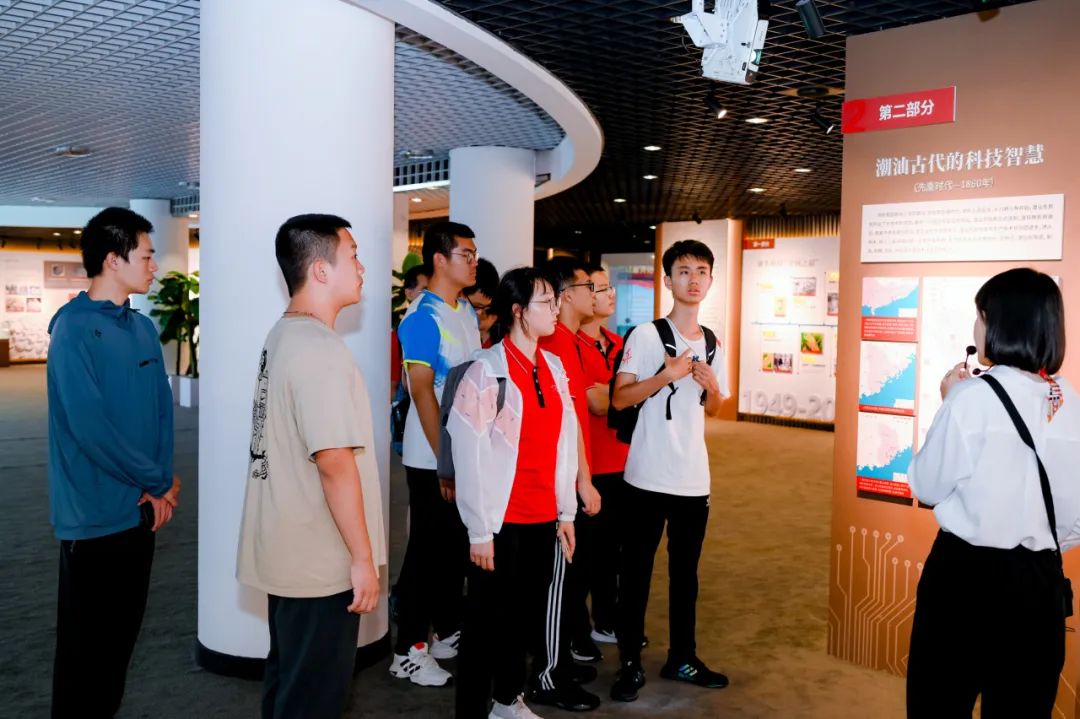
Picture: Visit the Shantou City Science and Technology Museum.
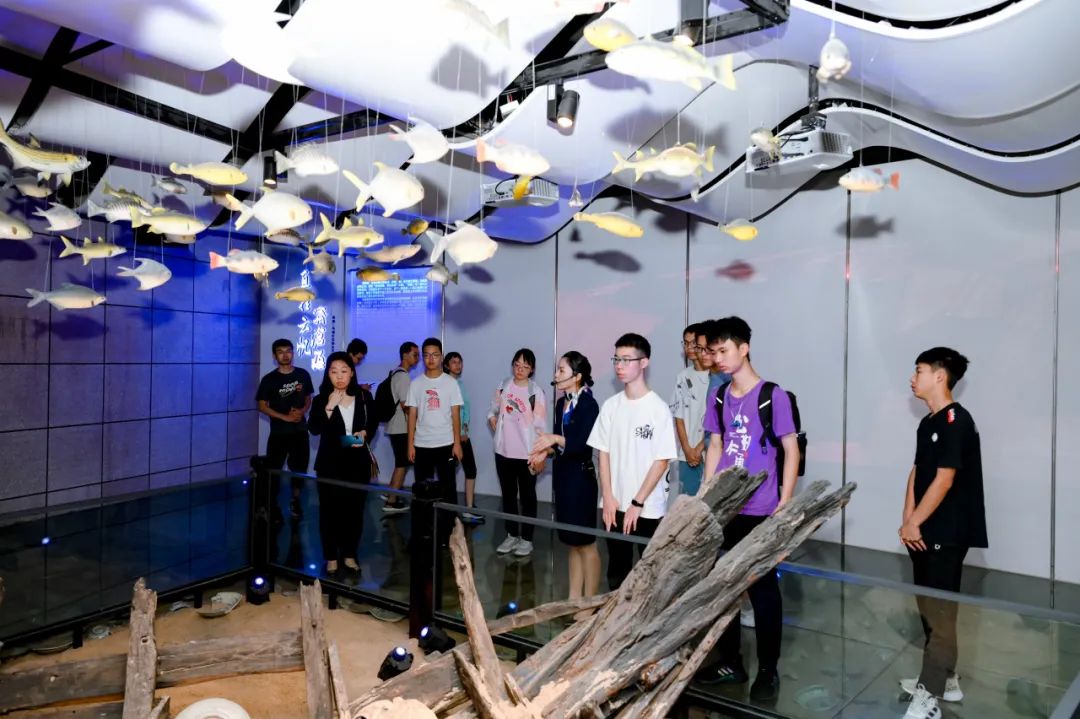
Picture: Visit the Nanao Island of Shantou City.
During the study tour, the students also participated in two "Qiuzhen Tours Lectures" organized by the college. One lecture was held in Shenzhen Middle School on August 11. Yang Yicheng from Class 11 gave a mathematical history report entitled "Starting from the vibration of strings". Another one was held on August 14 at Jinshan Middle School in Shantou city. Liu Haoxiang, from Qiuzhen Class 11, gave a mathematical history report entitled "Rule drawing and its extension". On the evening of 14th, Prof. Shing-Tung Yau led the students to Shantou Welcoming Hall to meet the students from Stanford University, Yale University, Massachusetts Institute of Technology, Princeton University, Harvard University and other foreign universities and had a discussion with them. The two sides had active exchanges with each other on their professional fields, study and life.
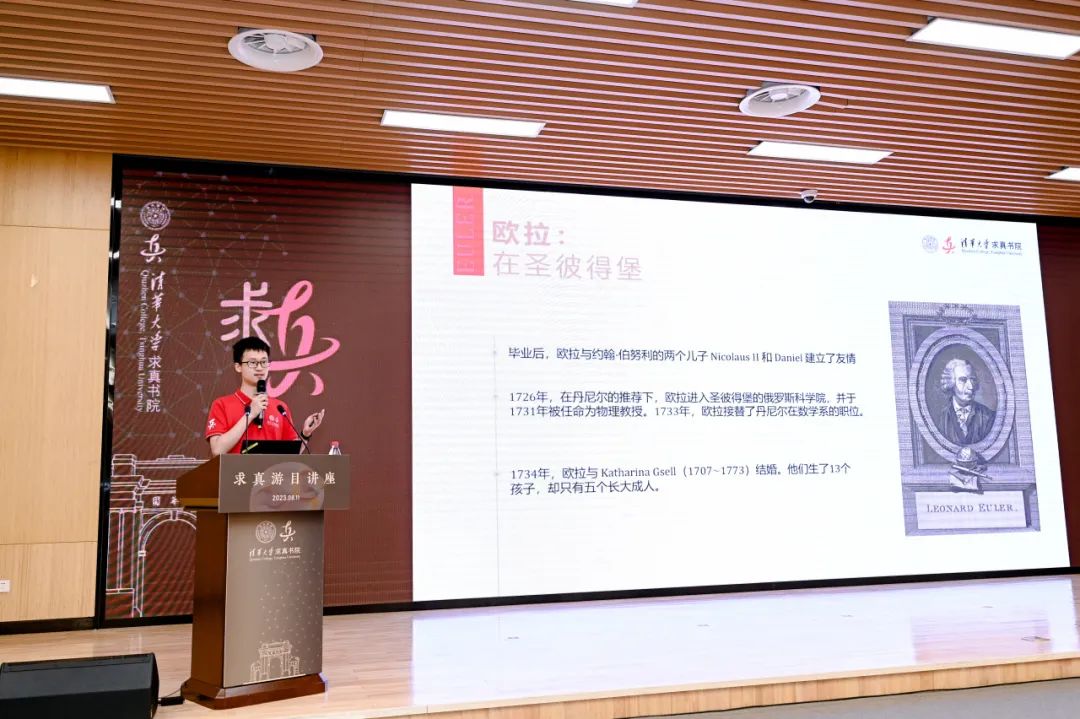
Picture: Students participated in the "Qiuzhen Tour Lecture" held in Shenzhen Middle School.

Picture: Students participated in the "Qiuzhen Tour Lecture" held inJinshan Middle School of Shantou .
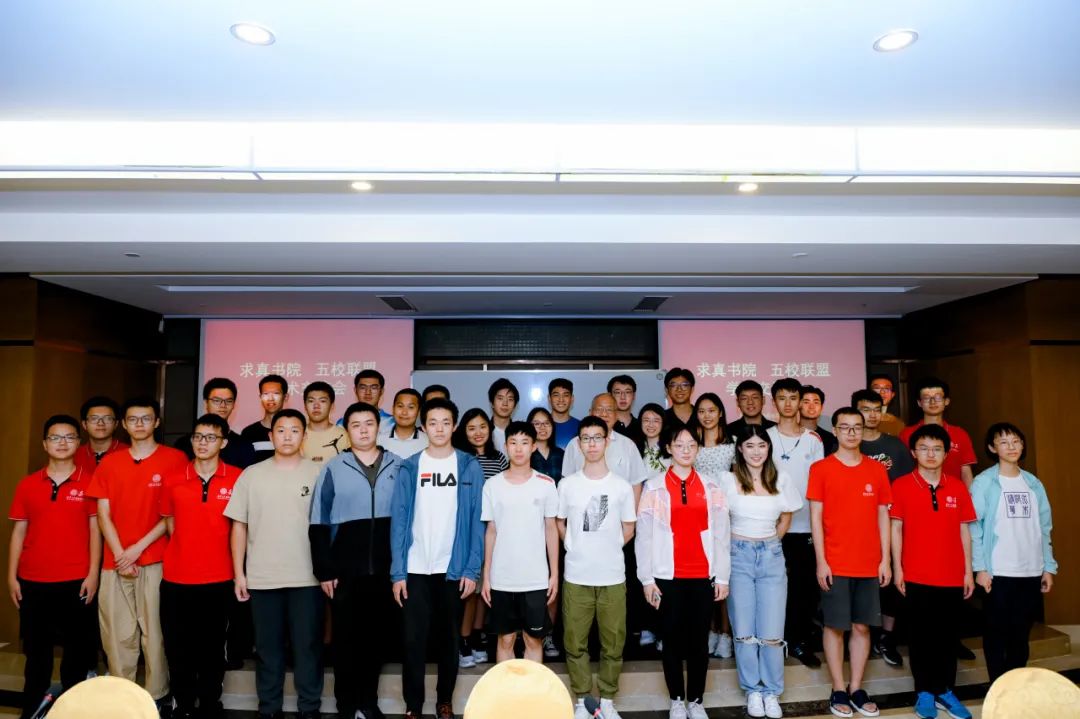
Picture: Qiuzhen College held an exchange meeting with the students from the five universities together.
To know the supreme law of nature, you must first know the history. Since the launch of the "Chinese History Practice Study Tour", under the leadership of Prof. Shing-Tung Yau, the students have traveled to Guizhou, Guangxi, Shaanxi, Henan, Hebei, Jiangsu, Zhejiang, Shandong and many other provinces and autonomous regions of China. This time when they came to Guangdong, they deeply contacted with and felt the local history and culture, saw the development and diversity of Chinese civilization, the wisdom and contributions of Chinese predecessors, and saw the spirit and belief of the Chinese nation in "risking life to save the nation" when the historical process changed into every crisis. All these are deeply reflected in the minds of the students, giving them a better understanding of their historical mission and responsibility which they should shoulder on as the Chinese youth of the new era and also as the Qiuzhen students. That is, they should carry forward the fine cultural traditions of the Chinese nation, study hard and do a good job in learning, and promote China's development in mathematics, physics and other basic sciences to the world's leading level.
Text | Xie Lufang
Typography | Gong Wei
Audit | Wang Xiaofang, Guo Youran
Translation | Gao Xudong